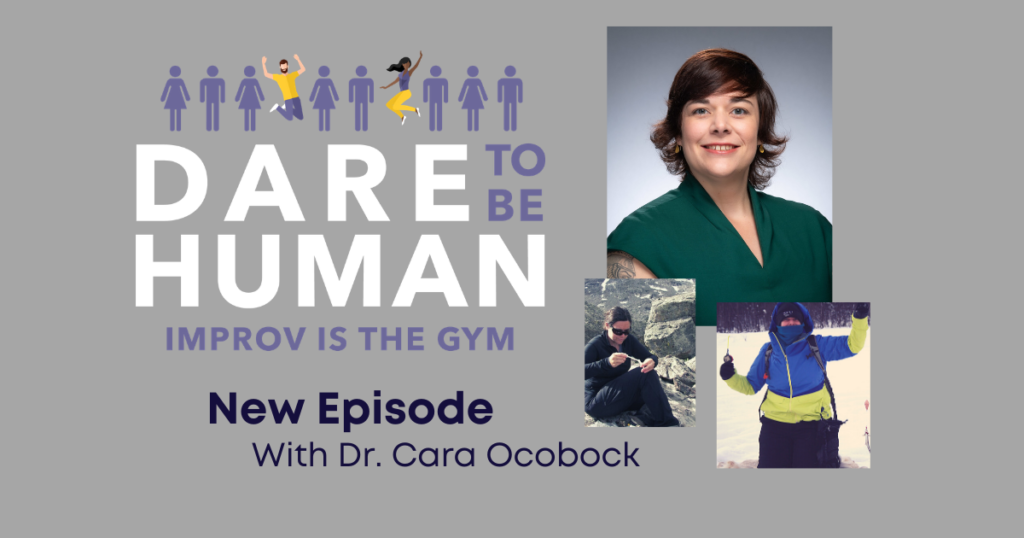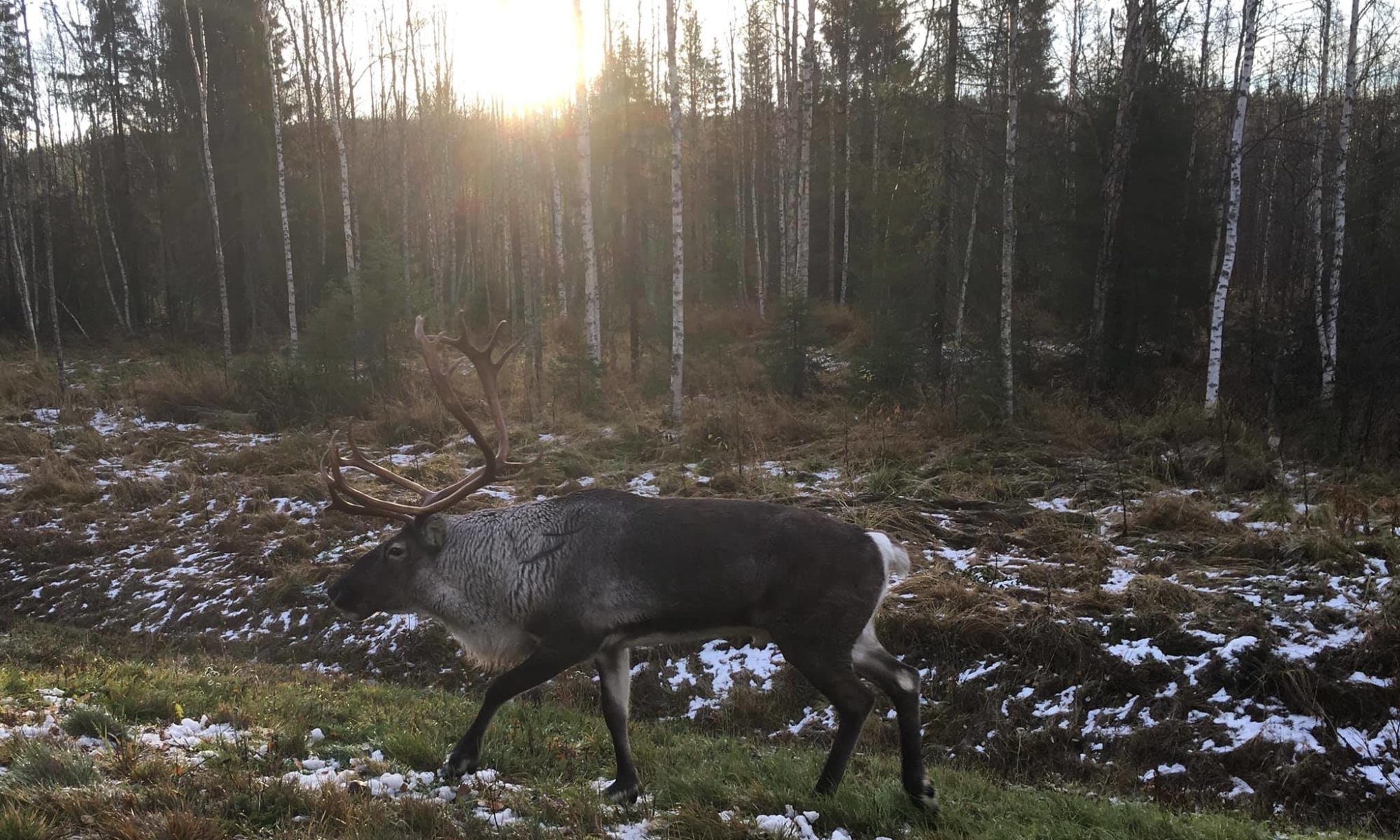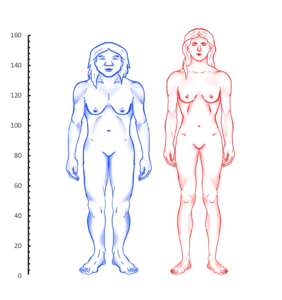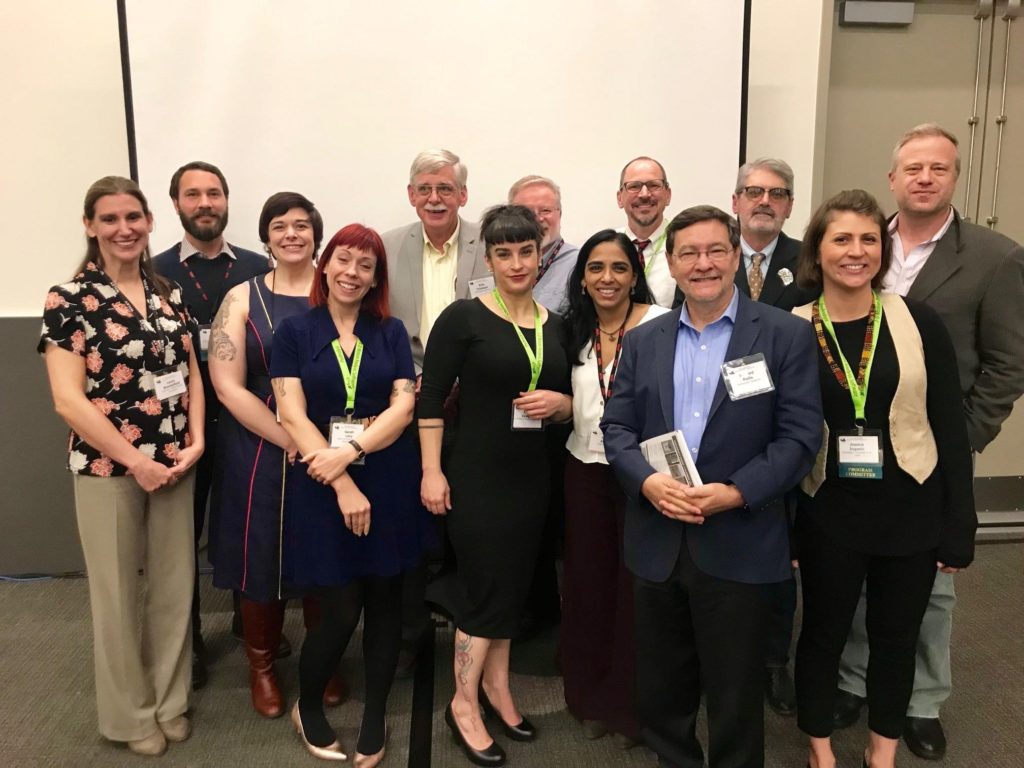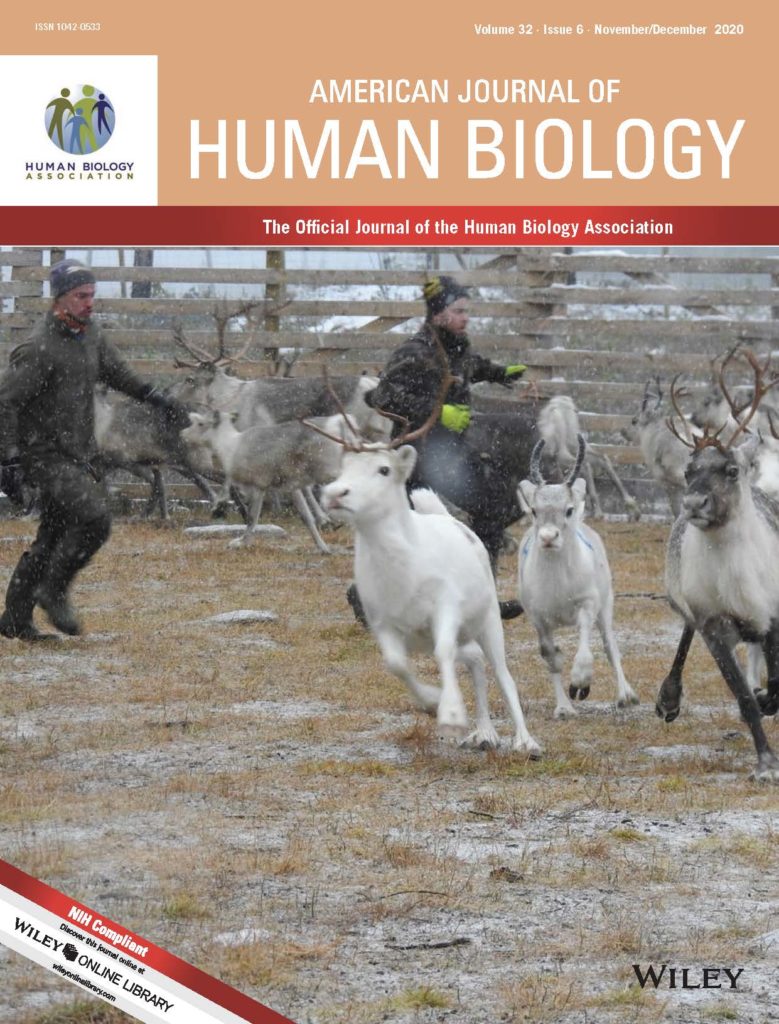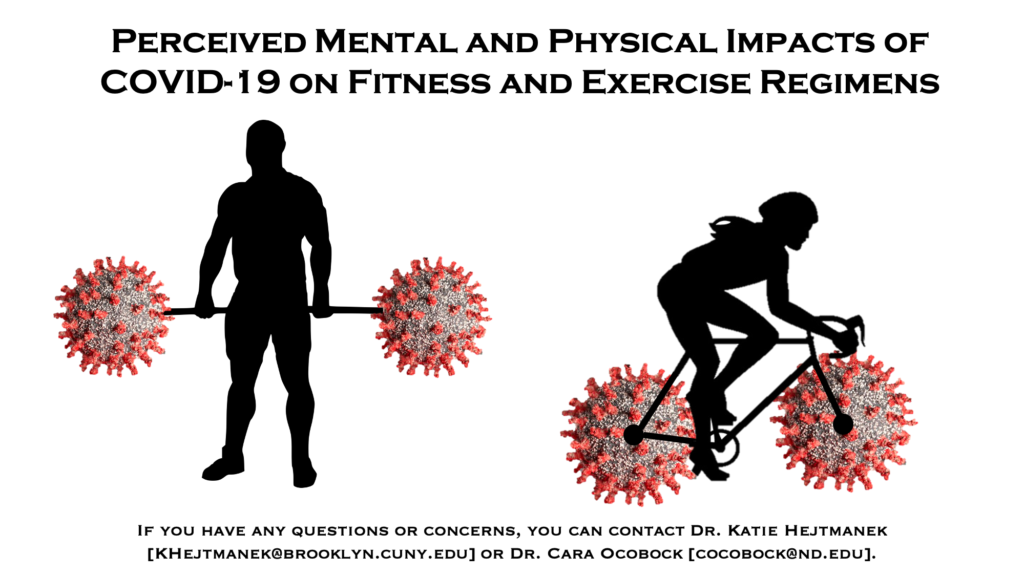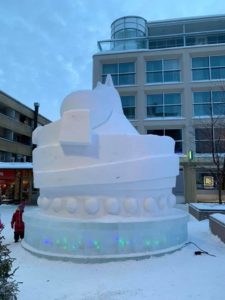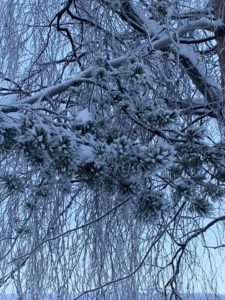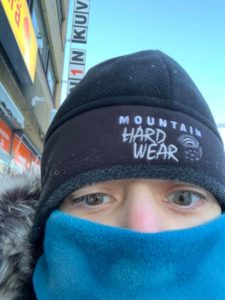Published in: Adaptive Human Behavior and Physiology, Published online 18 September 2020
https://link.springer.com/article/10.1007/s40750-020-00147-z
Can the stress relieving aspects of going to church be replaced by joining another type of group activity involving belief, training, and focus? A team led by Notre Dame anthropologist Cara Ocobock tested the “absorption hypothesis” in two comedy improv troupes at a theater in upstate New York.
Improv comedy requires a dedicated group of people who practice multiple times a week for performances and have the focus and fleetness of mind to riff together on themes that amuse and provoke live audiences. The study was inspired by Ocobock’s husband, a member of one of the troupes, and previous work by University of Alabama co-author Christopher Lynn. Lynn had studied Pentecostals congregations in upstate New York and found members with more experience speaking in tongues had generally lower stress.
The improv study is exploratory because they had a limited number of participants, but their goal was to combine Lynn’s previous approach with one taken from another anthropologist, Stanford’s Tanya Luhrmann, who has studied other Christian Charismatics (Charismatic religion refers to manifestations of “gifts” from God, such as speaking in tongues, which involves God speaking through a person).
Luhrmann coined the “absorption hypothesis” in her work, suggesting that Charismatics who are most successful at talking with God share a belief that they can, practice or train to do so, and have a better than average ability to become psychologically absorbed in the process.
In non-religious behavior, group play behaviors are known to be highly absorptive as well, and have the potential to reduce distress and anxiety. As such, Ocobock and Lynn designed this study in collaboration with the improv players, many of whom believe improv practices help them alleviate anxiety in their daily lives. Study team members Mallika Sarma and Lee Gettler, also from Notre Dame, conducted the analysis of saliva samples collected in a rigorous protocol over performance, rehearsal, and non-improv days.
The amount of improv experience (though the range of experience was limited in this study) was not a factor, suggesting that comedy improv is not quite analogous to active church membership. However, improvisors may experience stress reduction associated with the absorption involved in adult play.
